With an abundance of prevented planting acres in Wisconsin and Minnesota in 2013, there is a need for cover crops to help build soil during the soil’s “idle” time. In this post I’ll mainly focus on summer annual grasses that work well in the Midwest.
These recommendations will focus on whether feed is needed or not. These cannot be harvested until November 1 if crop insurance is taken.
If producers do not take crop insurance then there are other options mentioned below that give greater forage quality and yield. However, many of these products are in very short supply. Please call your local seed supplier to check on availability.
Summer Annual Cover Crops Where No Feed is Needed
I would recommend a non-BMR Sorghum Sudangrass at 10-12#/acre. These should retail at $1.10-1.15/#. This choice is less expensive per acre than most summer annual options. This product is in very, very short supply for 2013.
Other cover crop options include non-BMR Sudangrass, which should be planted at a minimum of 10-20#/acre and will retail for around $1.20/#. Choices here would include Piper and Monarch V, among others. Both of these products are in very short supply for 2013.
I would also consider Hybrid Pearl Millet. Seeding rate will be 7-10#/acre. Hybrid Pearl Millet is in exceptionally short supply for 2013.
Plant each of these options at ½ -1” deep. Apply at least 25-30# of nitrogen per acre so there will be some plant health. There is very low supply on all of these items. Farmers should mow to alleviate seed production. Mow periodically and leave 6-8” tall residual so there will be continued regrowth.
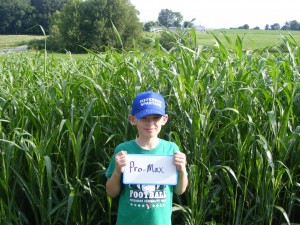
Summer Annual Cover Crops Where Feed is Needed
If the prevented planting acres will be used for forage production, consider the following (with crop insurance taken–harvested after Nov. 1):
Take the options above and increase the seeding rates as shown below:
- non-BMR Sorghum-Sudangrass –35-50#/acre
- non-BMR Sudangrass — 25-30#/acre
- Hybrid Pearl Millet –12-15#/acre
If the prevented planting acres will be used for forage production, consider the following (no crop insurance taken – harvested throughout the summer):

Option #1 for livestock feed I’d recommend BMR Hybrid Sudangrass at 35#/acre. BMR Sudangrass is superior to non-BMR Sudangrass for grazing, animal production, haymaking, ensiling, etc. Plant 35-37#/acre. Retail cost is around $1.75-1.80/#.
This is truly a superior product for dairy, beef, and sheep operations. It is grown on many dairy and beef farms across the Midwest, Upper Midwest, and Mid-Atlantic states. These products are in exceptionally short supply in 2013.
Option #2 is BMR Sorghum X Sudangrass. Many BMR Sorghum X Sudangrass varieties yield well and are very high in quality. It is much more palatable than non-BMR products. IF it is for dairy, plant at 50#/acre. Retail cost is around $1.45-1.50/#. Supply is exceptionally limited in 2013.
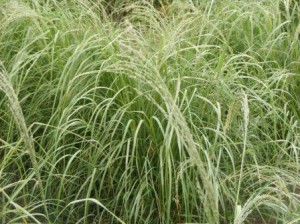
Option #3 is Teffgrass. Teffgrass needs to be planted into an alfalfa-like seedbed at 1/8-1/4” deep. Seed it at 10-12#/acre. Retail cost is $3.00-$3.25/#. Supply is fair to good.
Option # 4 is Hybrid Pearl Millet planted at a higher seeding rate. For forage, plant at 12-15#/acre. Hybrid Pearl Millet is in exceptionally short supply for 2013.
See some of these products in OSU trials at:
http://oardc.osu.edu/forage2008/table15.asp and http://oardc.osu.edu/forage2009/table11.asp
Profitability for BMR Sorghum X Sudangrass and BMR Sudangrass products is generally higher than for non-BMR products. For instance, data on BMR Sudangrass has shown a 20% increase in animal production and therefore is considerably more profitable than non-BMR Sudangrass. In a year like this I’d guess that maximizing profit will be important! Be sure to use 75#/N (actual) for these products at planting time. Follow with additional nitrogen after each harvest.
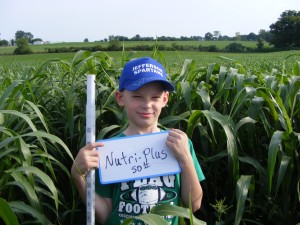
You can e-mail me at dave@plantcovercrops.com for additional recommendations, or for locations of dealers where these products are available, or for other questions.
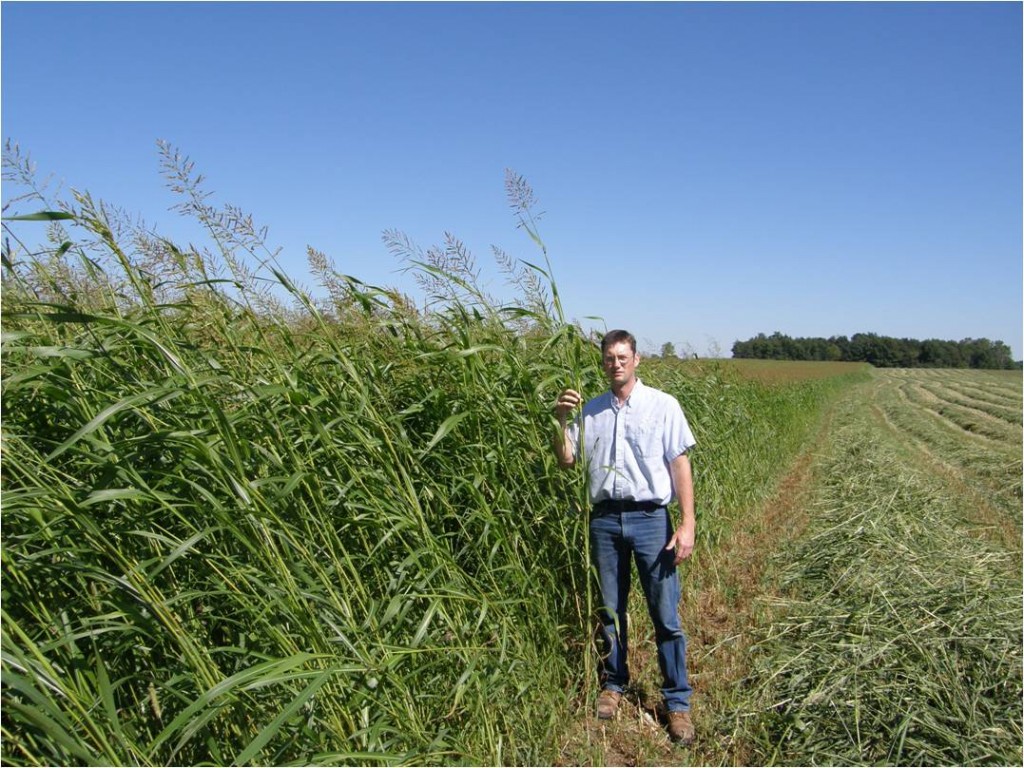
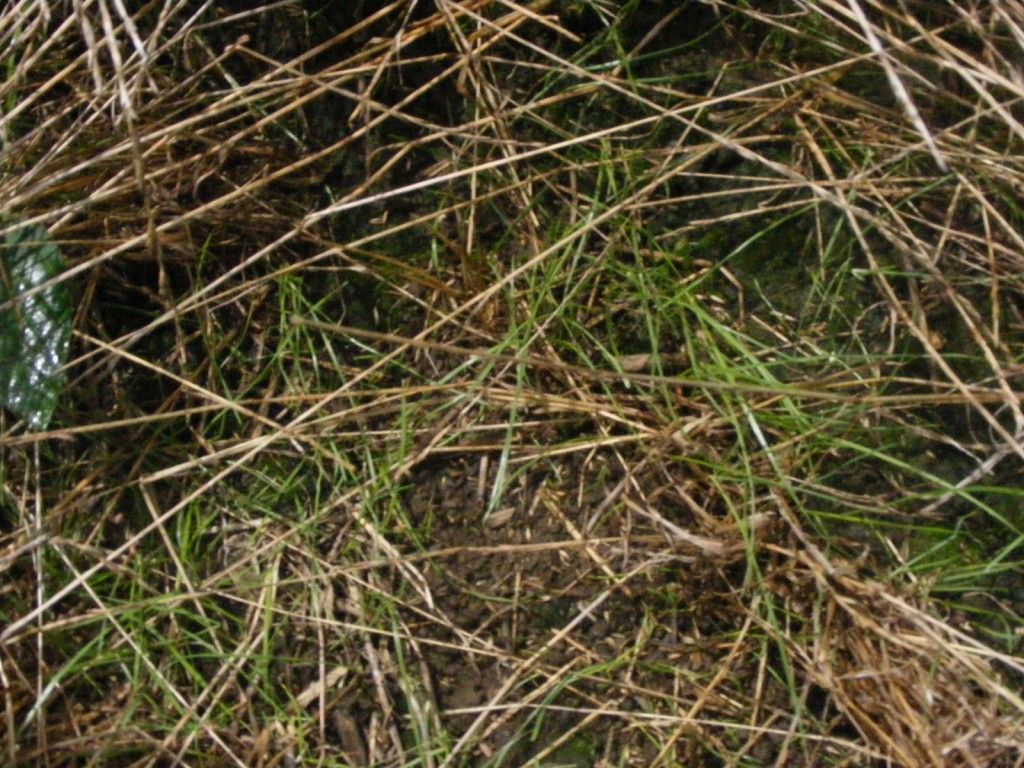
I want corn 😀
Hey jackpotsreview! I have talked to several producers in your same mindset. Several farmers did not get their corn planted in 2011. Some that did are only getting 20 bushels per acre! between late planting and a HOT dry summer their corn crop was “toast”. Dave